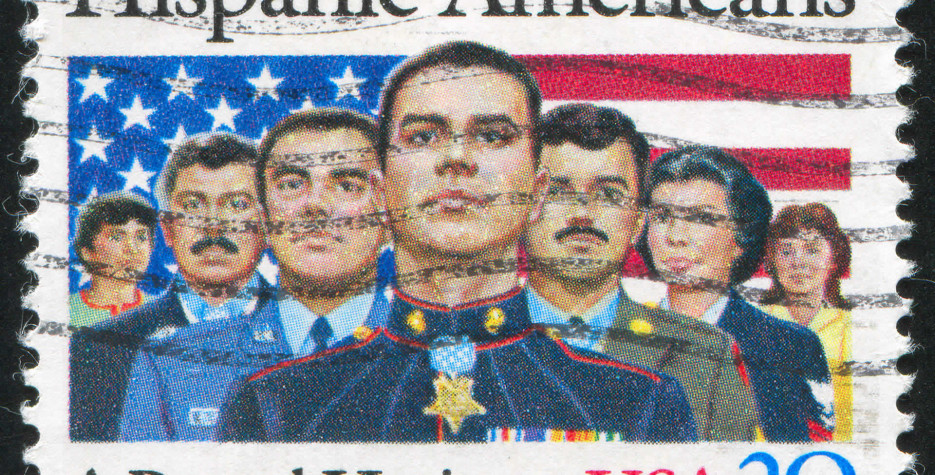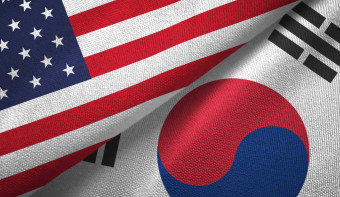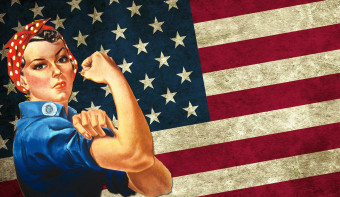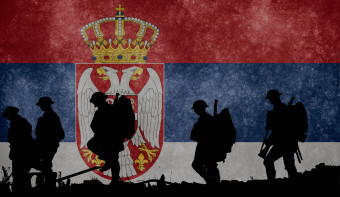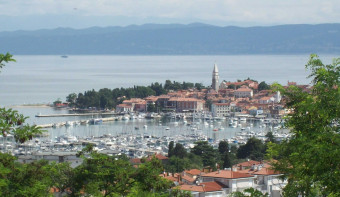About Hispanic Heritage Month
How did Hispanic Heritage Month begin?
The contributions of Hispanics in the United States are many, and in an effort to recognize and celebrate those who helped shaped this nation, President Lyndon B. Johnson instituted Nation Hispanic Heritage Week in 1968.
This provided activities and ceremonies to create awareness of the very great part Hispanic Americans have had to play in adding to the prosperity and importance of this country. And then in 1988, the weeklong observance was extended into National Hispanic Heritage Month.
When is Hispanic Heritage Month?
Rather than last for a certain month, Hispanic Heritage Month begins on September 15th. This date was chosen as it is the anniversary of independence for five Latin American countries: Costa Rica, El Salvador, Guatemala, Honduras, and Nicaragua. Mexico and Chile also celebrate their independence in this period and the month also ends after Columbus Day, and the Day of the Races, which is a cultural and public holiday in many Latin American countries.
How is Hispanic Heritage Month celebrated?
The monthlong period is a time to learn about the people who have influenced America in such a great way and learn about the culture that has significantly influenced American culture.
During the month Hispanic Heritage is celebrated in many ways, with events such as parades, art exhibitions, concerts and traditional Hispanic food fairs.
Hispanic Culture
The term Hispanic was coined as a way to classify those people of Latin American and Spanish origin, whose ancestors came from Spain, Mexico, the Caribbean and Central and South America. The term is often used incorrectly in the United States as a racial classification instead of a regional one.
Someone who is Hispanic can be of Indian, African, European, or Asian descent and because of the stereotypes and misconceptions, there are many Hispanics that are not recognized as such. Lynda Carter (Wonder Woman), Frankie Muniz (Malcolm in the Middle), and Jean-Michel Basquiat, are all of Hispanic ancestry but are never regarded as Hispanic.
Did you know?
🔎 People of Hispanic origin are the nation’s second-largest racial or ethnic group. The Hispanic population of the United States as of July 1, 2019 was 60.6 million, making people of Hispanic origin the nation’s largest ethnic or racial minority. Hispanics constituted 18.5% of the nation’s total population.
Twelve states had a population of 1 million or more Hispanic residents in 2019 — Arizona, California, Colorado, Florida, Georgia, Illinois, New Jersey, New Mexico, New York, North Carolina, Pennsylvania and Texas.

[Source: U.S. Census Bureau]
Spanish Words
There are words that we use on a regular basis that we never think to have a Spanish origin. Many words like mosquito or oregano are used in the English language in their original Spanish spelling and pronunciation, but there are some, like the following, that have been altered.
- Savvy:saber, to know
- Tornado:tornar, to turn, tronada, thunderstorm
- Bronco: meaning wild or rough
- Comrade:camarada, old Spanish for barracks company or roommate
- Mustang:mestengo or mesteño, a stray animal
And there are some words that have a literal translation. Words like: aficionado, armada, barracuda, mosquito, tobacco, and vanilla.
Related links
Similar Observances
National Day of Racial Healing
Read More
Black History Month
Read More
Women's History Month
Read More
Other Observances on September 15th 2026
World Afro Day
Read More
Serbian Unity, Freedom and National Flag Day
Read More
Return of Primorska to the Motherland
Read More


